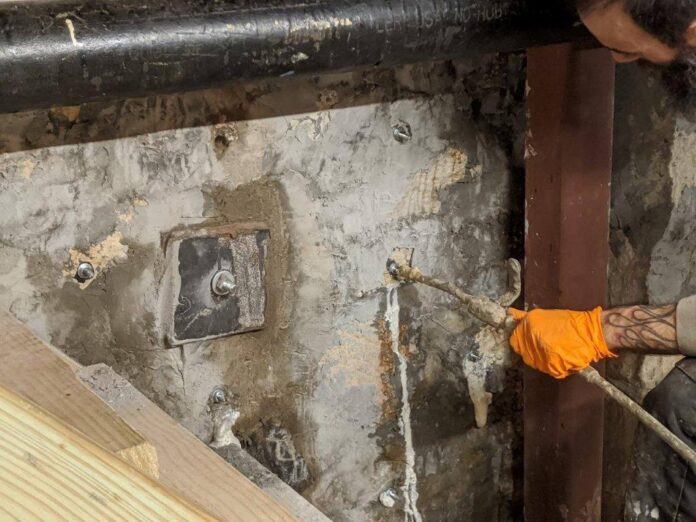The injection grouting is a method of filling cracks, open joints, gaps or honeycombs in concrete or masonry structures. This is done under pressure with in-site curing sealants to achieve desired results, such as structural strengthening and protection against water ingress. There are several types of grout used for repairing and strengthening concrete and brick structural components. The choice of grout for certain concrete or masonry repairs should be based on the compatibility of the grout with the original material.
What are the different types of injection grouting?
Polymer injection grout: Polymer injection grout uses polymers such as polyester epoxy, vinyl ester, polyurethane and acrylic resin. Polymer is the most widely used epoxy grout. Polymer injection grouts can be used as sealants such as liquid resin content, curing agents and aggregates.
- Epoxy-Based Injection Grouting: It is effective in sealing cracks and has good adhesion to all kinds of building materials, and it is not resistant to ultraviolet light and high temperatures.
- Acrylic Polymer for Injection: It has tensile properties and is also resistant to cracking, separating and impermeability. It has chemical resistance and a quick setting.
- Lignosulfonate-based grout: It helps compensate for the drying and shrinkage of plastic.
Cement sand grouting: It is one of the most widely used methods of repairing concrete by using cement as a grout. Portable mixtures of cement and sand with high water content are injected into voids and cracks with high pressure and hardened.
Fiber Reinforced Injection Grout: This type of grout is used again in concrete structures and masonry. It uses fibers such as steel, glass or polypropylene, etc., mixed in a fixed ratio with cement or mortar. It has very strong hardening properties and improves toughness and impact resistance and toughness.
Gas forming grout: Gas-formed grouts use main ingredients such as powdered carbon and aluminum, which reacts with water and portable cement to create gas bubbles. Gas bubbles form and thicken the grout to fill gaps and compensate for shrinkage.
Sulfo-aluminate grout: This grout consists of sulfo aluminate additives or shrinkage compensating cement and relying on the principle of greatly compensating for shrinkage. The additive is mixed with Portland cement and water, which results in the expansion of the additive.
What are the applications of injection grouting?
It is used to repair cracks and strengthen damaged or worn structures. The application is given by,
- It reduces or fills cracks or gaps in structural components
- It repairs cracks in wall columns and other structural components
- Get plastering work
- Foundation Settlement
- Repairing damage in structures or masonry members
- Make waterproof walls
- Avoid seepage of water in the masonry.
- Strengthening of the lining of the tunnel
What kind of grout is used for injection grouting?
Grouts can be of various types, such as epoxy resins, acrylic resins, cement grouts, high molecular weight methacrylates or polyurethane resin. These provide structural strength and are used additionally to maintain water leaks in inaccessible areas. The injection grouting has a very wide range of applications, for example, in dams, in irregularly shaped masonry, cracks and gaps in concrete surfaces in paving the tunnel strengthening foundations and underground pipework, etc.


